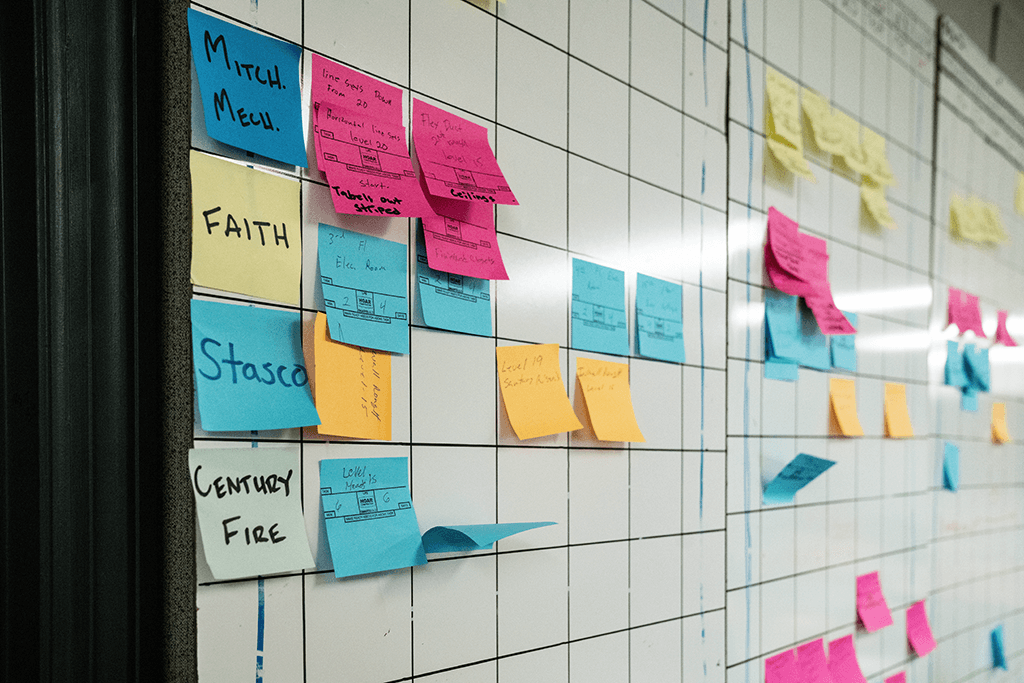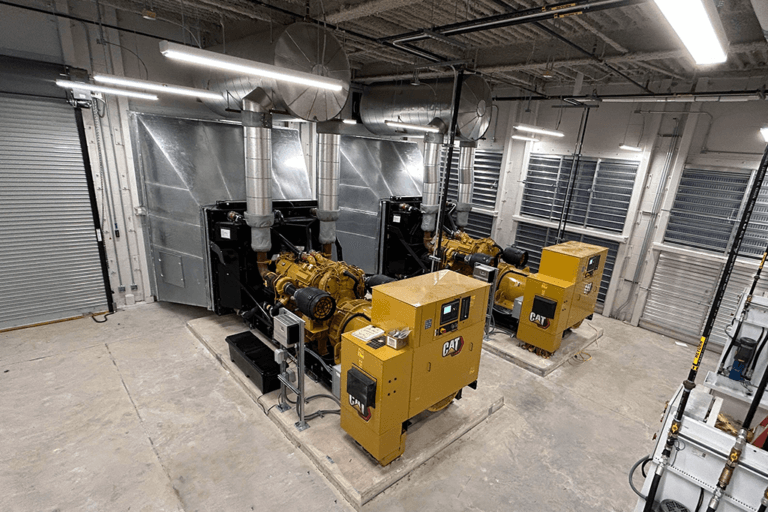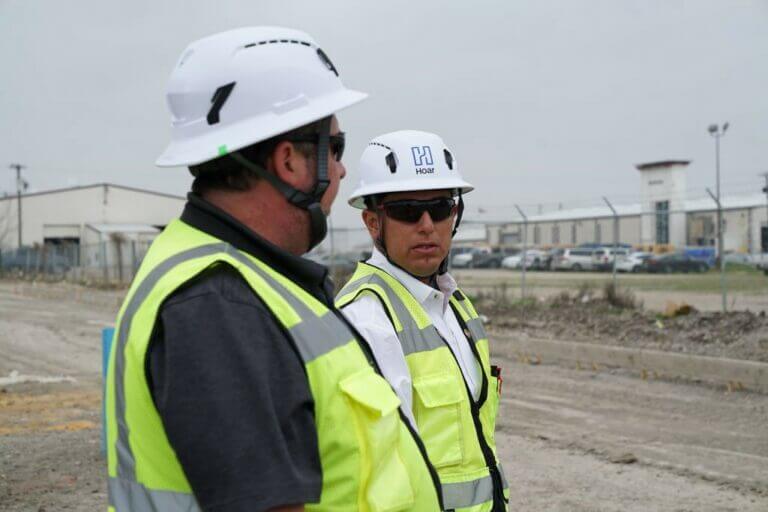
Our team recently renovated Moody Coliseum at Abilene Christian University — a 50-year-old facility that needed a full upgrade inside the arena from the court floor to the stadium seating, plus new and expanded spaces for administration and hospitality areas. Completing this project on ACU’s active campus was complex to begin with. The real challenge was the project had to be split into three phases, including the first phase which had to be complete in 12 months during increasingly volatile supply chain and pricing market conditions. The result at the end of all three phases? Our team delivered the newly renovated coliseum six weeks ahead of schedule and saved $400,000 in potential material escalation cost in the process. How? Pull planning during the design phase.
We’ve preached the benefits of applying the pull plan process before. But the ACU Moody Coliseum renovation is a perfect case study on what happens when the owner, design team, and general contractor fully commit to the process early on. Here’s a break a down of what you need to know to apply pull planning on your next project.
1. What is Pulling Planning?
Pull Planning is a Lean construction method that begins with the end in mind. It’s designed to eliminate waste during the construction process and enhance efficiency. It’s traditionally used during the construction planning phase to get all the trades into one room and plan out what work needs to happen, and in what order to achieve success with minimal time, materials, and money wasted. We’ve also had incredible success applying Pull Planning during the design process to ensure documents are completed on time or early, keeping the project on schedule and identifying costly issues early before work begins.
2. Who Should be Involved?
Part of the reason this process is so effective is its highly collaborative nature. That’s why we start by getting all key stakeholders in the room together — everyone who’s needed to make decisions on a project from scheduling to buyout to design changes. Often, we’ll invite key trade partners in addition to our owners and architect partners, to get their additional expertise as we hash out important project milestones and details.
3. How does it work?
If you’ve heard of Pull Planning before, images of sticky notes stuck to a white board probably come to mind. To successfully Pull Plan a project’s schedule or design process, the entire group of stakeholders must start with a successfully defined end result. From there, each stakeholder maps out what steps they need to take to get there. Because everyone is in the same room, other trades can discuss when they need the trade ahead of them to finish to stay on schedule, or when they can deliver materials so they’re not impeding others’ progress. The Post-It notes represent critical tasks and provide a visual on the sequence of events that must occur to achieve success.
4. When Should You Start?
So, when is Pull Planning successful? The answer is every step of the way, but early adoption and execution is key. Once we successfully perform a pull plan process with our key stakeholders, we typically meet weekly to check the progress, see if anything has changed that will impact the phased plan, and then adapt as needed.
On the Moody Coliseum project, Pull Planning allowed the team to agree to the design and price of several packages early, as opposed to waiting for the traditional comprehensive GMP contract to start any work. This allowed the design to progress while the construction team simultaneously worked in the field. With a schedule as tight as this project’s, these early decisions and the ability to mobilize were essential to the project’s success.
5. Why Use Pull Planning?
The why is simple — improved results with savings in time and cost. Early collaboration through Pull Planning allows teams to avoid costly rework, negative impact from cost escalation, delays in materials delivery, and significant waste. On the ACU Moody Coliseum renovation alone, our team created $1,145,000 in total project savings between material escalation cost avoided, general conditions savings, and design optimization. In my experience, there is no negative to applying Pull Planning in your project planning. You have nothing to lose and a significant amount of value to gain.

